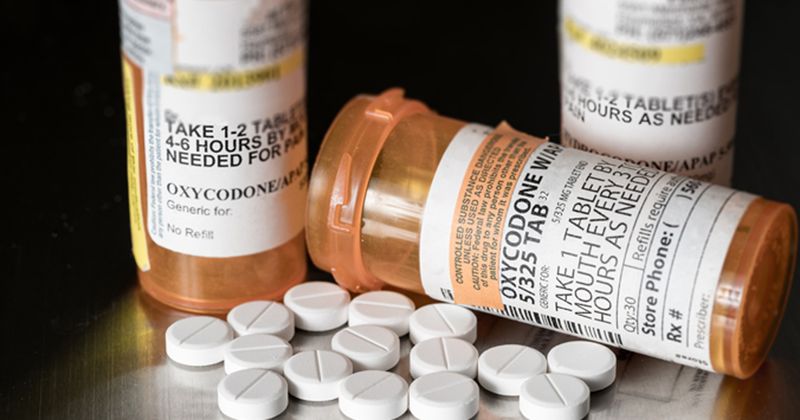Older adults prescribed opioids at elevated risk for CV events, especially HF
Individuals aged 65 years or older who were prescribed opioids had increased risk for various CVD events, most prominently HF, researchers reported in ESC Heart Failure.
Further, among women, opioid users had significantly higher risks for HF, stroke and mortality compared with women who did not use opioids, according to the study.

“The impact of opioids on CVD is currently limited to observational data due to the unfeasibility of conducting randomized trials examining this relationship,” Stephanie M. Liew, MBBS, from the cardiology department at University Hospital Geelong, Australia, and Alfred Hospital in Melbourne, Australia, and colleagues wrote. “As such, this study is integral to the growing body of literature highlighting the potential health risk in the use of therapeutic opioids, thereby steering clinical practice away from the prescription of opioids for chronic non-cancer pain, especially for females.”
In a post hoc analysis of 17,701 participants (mean age, 72 years; 58% women) from the ASPREE trial, Liew and colleagues studied the chances of incident CVD events related to prescribed opioid use in community-dwelling adults aged at least 65 years with no history of CVD.
Among the cohort, 813 were recorded as taking prescribed opioids at baseline and/or at the first annual visit.
The association of opioid use with composite endpoints, including fatal CHD, ischemic stroke, HF hospitalization, MI and all-cause mortality, was evaluated.
Compared with 11.5 CVD events per 1,000 person-years in nonusers of opioids, there were 21.2 CVD events per 1,000 person-years in opioid users during a median follow-up period of 3.58 years.
A composite CVD endpoint occurred in 7% of opioid users and 4% of nonusers during the study period (HR = 1.67; 95% CI, 1.26-2.23; P < .001), according to the researchers.
Among individual CVD endpoints, compared with nonusers, opioid users had higher risk for HF hospitalization (2.2% vs. 0.72%; P < .001), ischemic stroke (2.1% vs. 1.3%; P < .001) and death (8.2% vs. 4.5%; P < .001).
The effect was more pronounced in women, as the rates of CVD events were 20.1 per 1,000 person-years in opioid users and 8.7 per 1,000 person-years in nonusers (HR = 1.9; 95% CI, 1.33-2.72; P < .001), the researchers wrote.
In men who were opioid users, the rate of CVD events was not significantly different from that of men who did not use opioids.
“The study’s observational design limits causal inferences but strikes a cautionary note for all medical practitioners to limit the prescription of opioids in the setting of non-cancer pain,” Liew and colleagues wrote. “Further research needs to be undertaken to fill the knowledge gaps surrounding the use of opioids in older individuals.”

